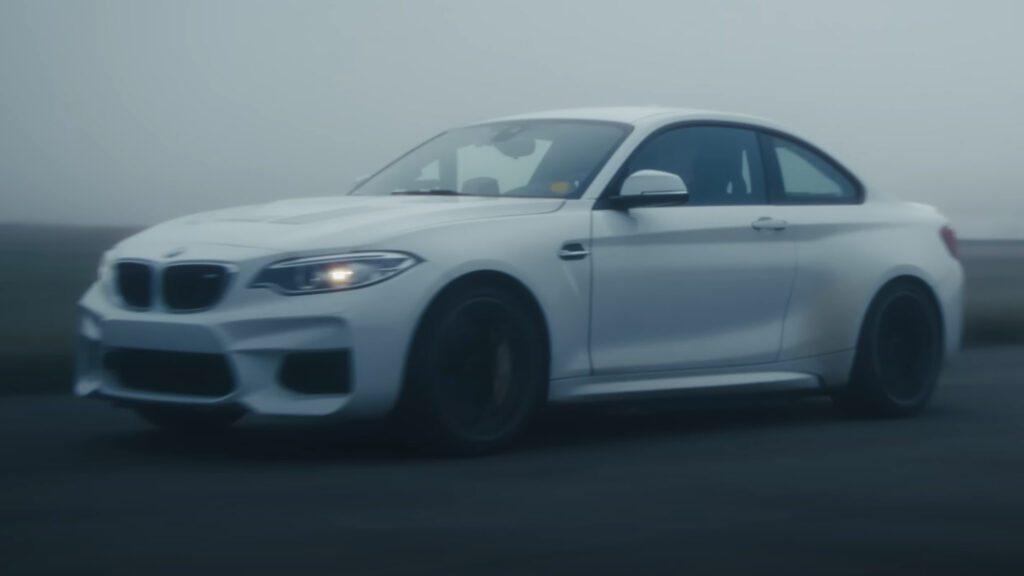Nio’s Affordable New Firefly EV Hatchback Has LEDs That Look Like iPhone Cameras
- Firefly is a new brand from Chinese EV maker Nio, set to launch in global markets.
- Their first model is a small EV hatchback featuring a distinctive front end.
- The Firefly is priced from ¥148,800 ($20,400) in China and will also roll out in Europe.
Nio has finally launched the much-anticipated Firefly brand in China, which will be targeting the most affordable corner of the EV market. Its first model is a small electric hatchback with swappable batteries, aimed at global markets including Europe, Latin America, and Southeast Asia.
Firefly EVs will be positioned below the Nio and Onvo in terms of size, features, and pricing. The goal of the brand is to make “small, electric high-end cars accessible to a broader audience”.
More: Is BYD Making A Cutprice Electric Porsche 911 Rival? (New Photos)
The urban hatchback is simply known as the Firefly. Responsible for its design is ex-BMW and Ford designer Kris Tomasson. The exterior has a few references to the discontinued Honda e, with a similar greenhouse, a black-finished roof, and matching pillars. The signature trait of the Firefly is the three-piece circular LED headlights and taillights that look like iPhone cameras.
Other highlights include the flush door handles, the six-spoke wheels, and the clean surfacing. According to Firefly, the plastic cladding on the lower part of the bodywork is made from a sustainable material. The company didn’t reveal the dimensions of the EV, which looks like a rival to the likes of the BYD Dolphin, Citroen e-C3, Fiat Grande Panda, and Renault 5.
The latest Chinese EV features a 92-liter (3.2 cubic feet) frunk with layered storage and a drainage function, which is larger than what you get in most EVs. This is combined with a boot that can reach up to 1,250 lt (44 cubic feet) when the rear seats are folded flat. There are no photos of the interior, but earlier spy shots revealed a minimalist dashboard with a Tesla-style infotainment touchscreen and a digital instrument cluster.
Firefly claims that the turning circle of 9.4 m (30.8 feet) and the “multi-scene automatic parking assist function” will make it easy to navigate the EV in tight urban areas.
The EV has been engineered to score five-star ratings on the C-NCAP and Euro-NCAP tests. This was made possible thanks to the extensive use of high-strength steel and aluminum comprising 83.4% of the body structure, double anti-collision beams in the front doors, and nine airbags as standard, and claims to offer the best torsional stiffness in its segment (35,700 Nm).
Details about the electric motors and battery pack have yet to be announced. However, we know that the latter will be swappable, although not compatible with the existing battery swapping stations of Nio and Onvo due to its smaller size.
The Firefly is already available to pre-order in China for ¥148,800 ($20,400), ahead of its official market launch in April 2025. The model will reportedly roll out in Europe in the first half of 2025, where it is expected to be more expensive. As reported by Car News China, Nio wants the products of the Firefly brand to be available in 25 countries by the end of 2025.




